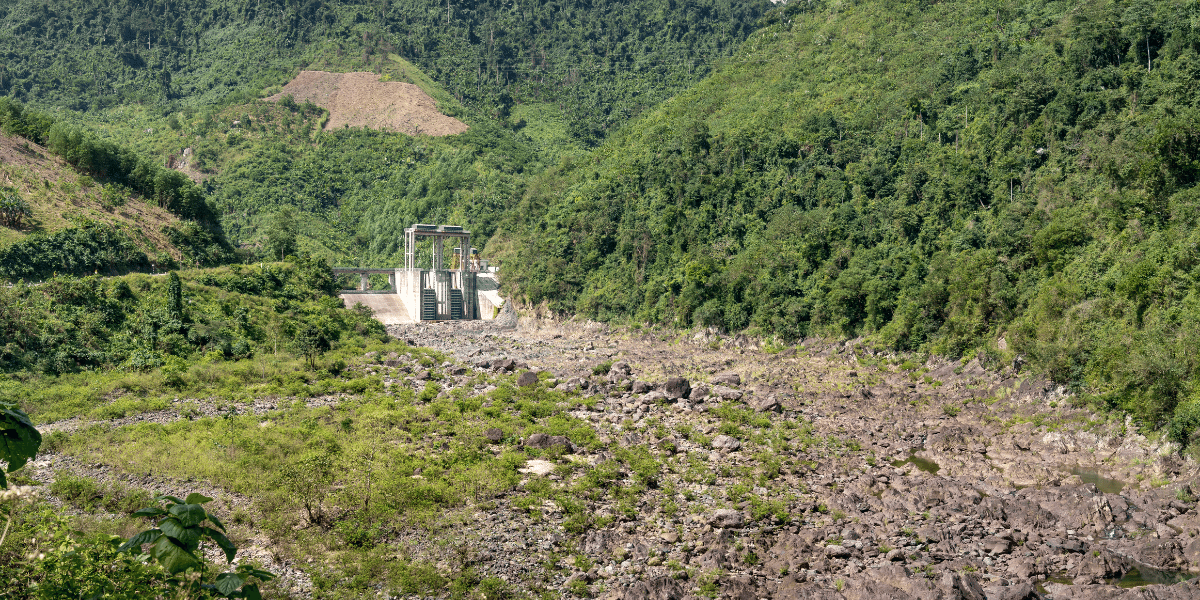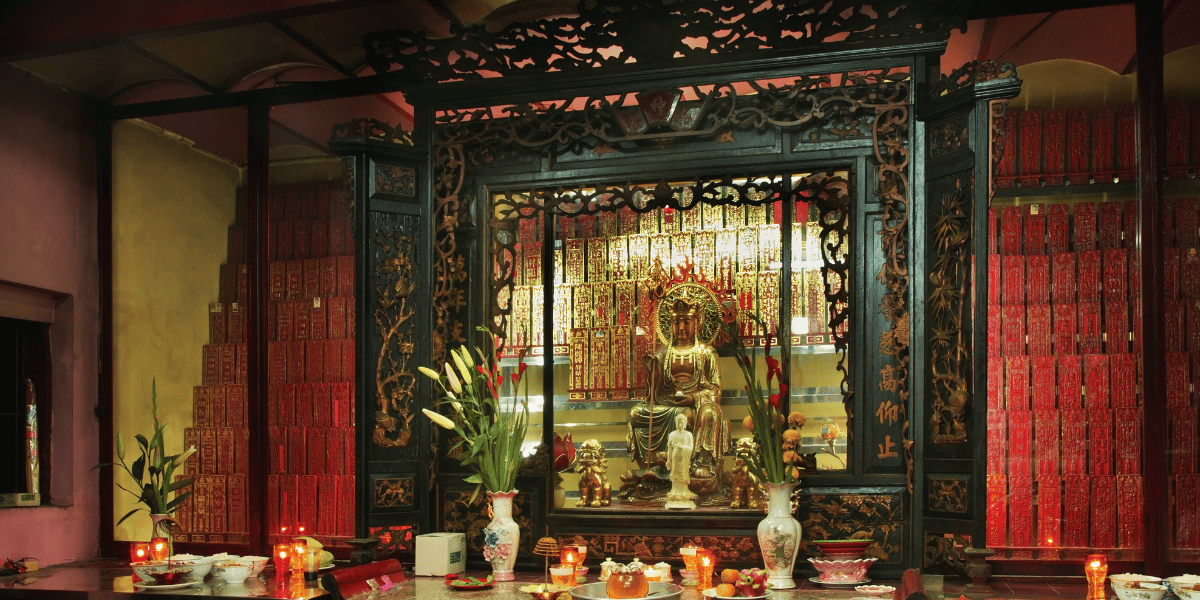Sapa: A Captivating Destination in Vietnam’s Northwest Mountains
Last Updated on 18 August, 2024 by admin
Nestled in the heart of Vietnam’s Northwest region, Sapa stands out as a must-visit destination for those seeking the perfect blend of natural beauty and cultural richness. This mountainous town is renowned for its breathtaking landscapes, featuring terraced rice fields, mist-covered valleys, and towering peaks that captivate visitors at every turn. Beyond its stunning scenery, Sapa is also home to a vibrant tapestry of ethnic cultures, each with its own unique traditions, clothing, and way of life. The harmonious combination of majestic nature and distinctive cultural identity makes Sapa an irresistible destination for travelers.
This article will introduce you to the most remarkable and unmissable attractions in Sapa, guiding you through the highlights that define this enchanting region. Whether you’re a nature lover, a cultural enthusiast, or an adventurous spirit, Sapa offers something truly special for every kind of traveler.
Natural Attractions
Fansipan Mountain
Known as the “Roof of Indochina,” Fansipan Mountain is a dream destination for mountain enthusiasts and those looking for a challenging adventure. Standing at 3,143 meters, it is the highest peak in Vietnam, Laos, and Cambodia, offering a true test of endurance for those who choose to hike to the summit. My own trek to Fansipan was an exhilarating experience, filled with both physical challenge and awe-inspiring views. The sense of accomplishment upon reaching the summit was profound, especially after navigating the steep and often misty trails. For those who prefer a more leisurely ascent, the Fansipan Cable Car provides a spectacular alternative. This three-rope cable car, the longest of its kind in the world, offers breathtaking panoramic views of the entire Sapa region, allowing you to witness the majestic landscapes from above. My first ride on the cable car left me in awe, as the lush valleys and towering peaks unfolded beneath me, making the journey as memorable as the destination. At the summit, Sun World Fansipan Legend awaits, a tourism complex offering a range of cultural and entertainment activities, making it a must-visit for both adventurers and those seeking a cultural experience.
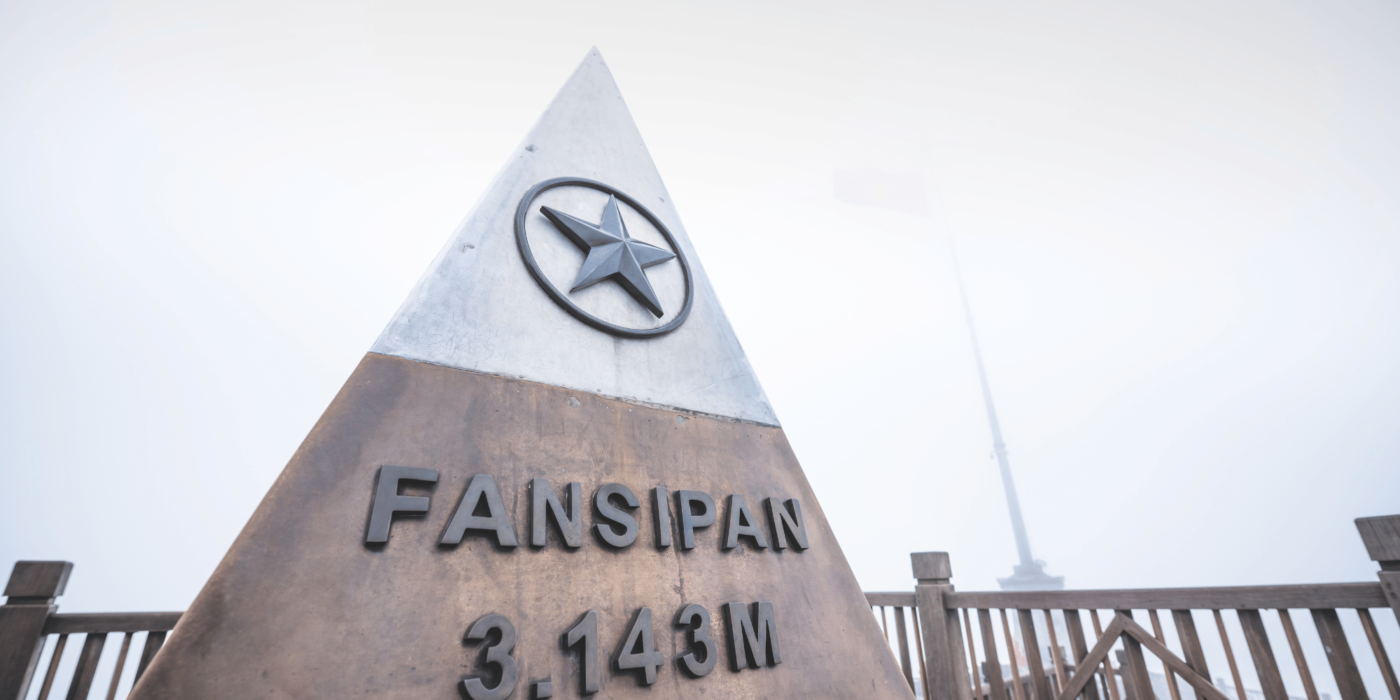
Mường Hoa Valley
Mường Hoa Valley is one of Sapa’s most stunning natural wonders, especially famous for its terraced rice fields that stretch as far as the eye can see. The beauty of these terraces reaches its peak during the harvest season, when the fields turn a vibrant golden yellow, creating a picturesque scene that is simply breathtaking. I vividly remember standing amidst the golden fields, the gentle breeze carrying the scent of ripe rice, and feeling completely immersed in the tranquil beauty of the landscape. The valley is also home to several ethnic minority villages, including Lao Chải and Tả Van, where visitors can immerse themselves in the local culture and daily life. My visit to these villages was a highlight of the trip; interacting with the locals and learning about their traditions provided a deeper understanding of the rich cultural fabric of the region. Exploring these villages offers a unique opportunity to connect with the indigenous people and learn about their traditional customs, crafts, and way of life.
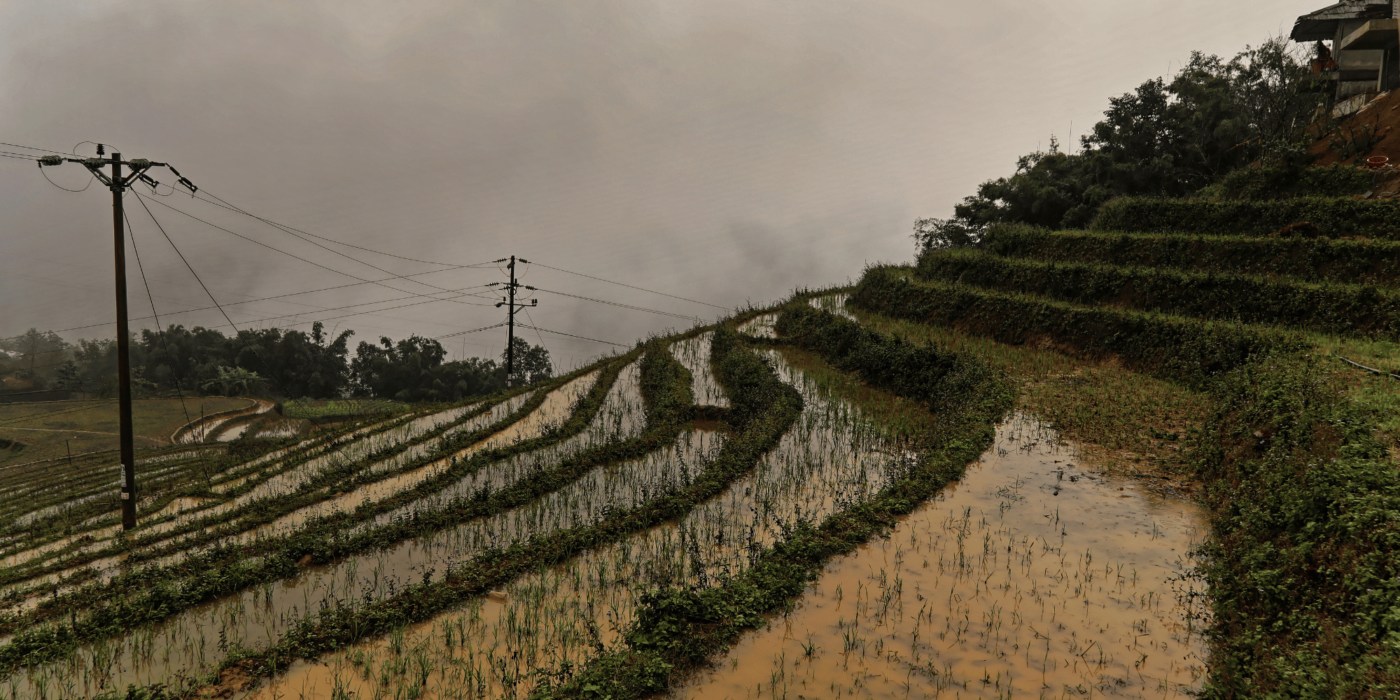
Cát Cát Village
Located just a short distance from the center of Sapa, Cát Cát Village is easily accessible and offers a fascinating glimpse into the life of the H’Mong people. The village is renowned for its traditional crafts, such as weaving and silverwork, which have been passed down through generations. During my visit, I was fortunate to watch local artisans at work, crafting intricate designs with a skill that has been honed over centuries. Visitors can explore the village’s scenic spots, including the beautiful Cát Cát Waterfall, the iconic cloud bridge, and traditional H’Mong houses. Walking through the village, I was captivated by the blend of cultural discovery and natural beauty, making it a memorable experience. The village provides a perfect blend of cultural discovery and natural beauty, making it a popular destination for those wanting to experience the rich heritage of the region without venturing too far from town.

Silver Waterfall (Thác Bạc)
Thác Bạc, or Silver Waterfall, is one of Sapa’s most magnificent natural attractions. Cascading from a height of about 200 meters, the waterfall is a sight to behold, with its powerful streams of water creating a mesmerizing spectacle as they crash into the rocks below. Standing at the base of the waterfall, I was struck by its sheer power and the refreshing mist that filled the air. Nearby, the newly opened Rồng Mây Glass Bridge offers a thrilling experience for visitors. This glass-bottomed bridge provides a unique vantage point to view the waterfall from above, adding a modern twist to the natural beauty of the area and offering an incredible photo opportunity. Walking across the glass bridge was both exhilarating and slightly nerve-wracking, but the breathtaking views made it an experience I wouldn’t trade for anything.
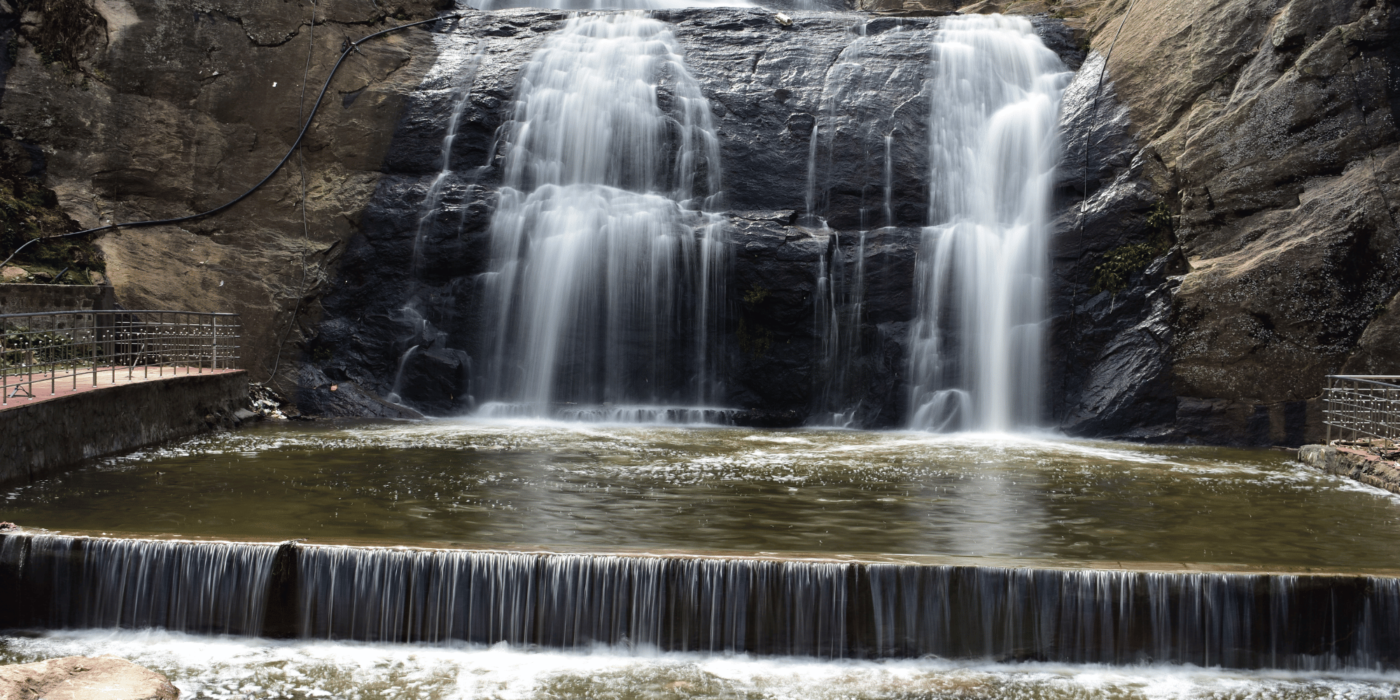
Ô Quy Hồ Pass
Ô Quy Hồ Pass is one of the most famous mountain passes in Vietnam, known as one of the “Four Great Passes” of the country. This winding road stretches through the mountains, offering stunning views of the surrounding landscape. Driving along this pass was one of the most scenic and memorable experiences of my time in Sapa. The pass is particularly popular among photographers and nature lovers, who come to capture the breathtaking scenery. At the top of the pass, visitors can stop at Ô Quy Hồ Heaven Gate, a popular viewpoint where the grandeur of the mountains and valleys can be fully appreciated. The spot is perfect for taking in the dramatic vistas and for capturing memorable photos of the journey. I spent a considerable amount of time at this viewpoint, mesmerized by the seemingly endless stretch of mountains and the ever-changing play of light and shadow across the landscape.
These natural attractions in Sapa offer a diverse range of experiences, from challenging mountain treks to cultural explorations and breathtaking scenic views, making the region a paradise for nature lovers and adventurers alike. My time exploring these wonders has left me with memories that I cherish and a deep appreciation for the beauty and culture of Vietnam’s Northwest.
Cultural Attractions
Sapa Stone Church
The Sapa Stone Church, also known as the Holy Rosary Church, is an iconic symbol of the town and a testament to its colonial past. Built in the early 20th century by the French, this ancient architectural marvel stands as a historical landmark amidst the modern developments of Sapa. The church’s design, with its stone walls and classic Gothic style, adds a timeless charm to the town, making it a must-visit for anyone exploring Sapa. My visit to the church was particularly memorable as I arrived just as the sun was setting, casting a golden hue over the stone façade and creating a serene atmosphere. Situated in the heart of the town, the church is easily accessible and often serves as a gathering point for locals and tourists alike. The surrounding area, especially during the weekends, comes alive with various cultural activities, providing visitors with a glimpse into the vibrant local life. I found myself returning to the church several times during my stay, each visit offering a new perspective on this historic structure and its significance to the community.
Sapa Love Market
The Sapa Love Market is a unique cultural event that takes place every Saturday evening, offering a fascinating insight into the traditions of the ethnic minority communities, particularly the H’Mong and Dao people. Historically, the love market was a place where young men and women from different villages would come to meet, sing traditional songs, and find potential partners. Today, while the market has become more of a cultural showcase, it still retains its traditional charm and serves as a lively venue for cultural exchange. During my time at the love market, I was struck by the energy and warmth of the event. The air was filled with the sound of traditional instruments and the lively chatter of locals and visitors alike. I had the opportunity to watch traditional dances and even joined in some of the communal singing, which was both joyful and a little intimidating for someone unfamiliar with the language. It’s a wonderful opportunity to interact with the local people, learn about their customs, and appreciate the rich cultural heritage that makes Sapa so special. The love market provided one of the most authentic cultural experiences of my trip, leaving me with a deep respect for the traditions that continue to thrive in this region.
Sapa Museum
For those interested in delving deeper into the history and culture of Sapa, the Sapa Museum is an essential stop. The museum offers a comprehensive look at the region’s past, focusing on the life, traditions, and struggles of the various ethnic minorities that inhabit the area. Through its collection of artifacts, photographs, and displays, visitors can gain a better understanding of the diverse cultures that coexist in Sapa. My visit to the museum was both educational and enriching, providing context to the cultural experiences I encountered during my time in Sapa. I was particularly fascinated by the detailed exhibits on traditional clothing and the tools used by the local communities, which gave me a greater appreciation for the craftsmanship and resourcefulness of the people here. The museum also highlighted the historical challenges these communities have faced, deepening my understanding of their resilience and spirit. The exhibits cover a range of topics, from traditional clothing and tools to historical events that have shaped the region. The museum not only enhances your appreciation of the area but also deepens your connection to the people and their enduring way of life. Leaving the museum, I felt more connected to the land and the people, with a richer understanding of the intricate tapestry that makes up Sapa’s cultural landscape.
These cultural attractions in Sapa offer a unique window into the traditions, history, and everyday life of the local communities. Whether you’re admiring the architecture of the Stone Church, immersing yourself in the lively atmosphere of the Love Market, or exploring the rich exhibits of the Sapa Museum, each site adds a meaningful layer to the experience of visiting this beautiful and culturally rich region. My personal encounters at each of these sites have left a lasting impression, making Sapa not just a place on the map, but a deeply felt journey into the heart of Vietnam’s cultural heritage.
Other Experiential Activities
Trekking
Sapa is a paradise for trekking enthusiasts, offering a variety of routes that cater to all levels of experience, from easy strolls to challenging hikes. The diverse trails allow trekkers to explore the pristine beauty of Sapa’s landscapes, from lush valleys and terraced rice fields to dense forests and towering mountains. One of my most memorable experiences was a multi-day trek through several ethnic minority villages, where each day brought new sights and encounters. The trail led us through misty mountain paths, across rivers, and into remote villages that seemed untouched by time. The sense of discovery, coupled with the raw beauty of the natural environment, made the physical exertion worthwhile. Along the way, the warmth and hospitality of the villagers added depth to the experience, making it not just a physical journey, but a cultural one as well. Whether you’re a seasoned trekker or a beginner, Sapa’s trekking routes offer something for everyone, providing both a challenge and a profound connection to nature.
Homestay
Staying in a homestay with a local ethnic family is one of the most authentic ways to experience Sapa. It offers a unique opportunity to immerse yourself in the local way of life, far from the usual tourist circuits. During my homestay experience in a small H’Mong village, I was welcomed with open arms by a family who made me feel like part of their community. The evenings were spent around the fireplace, sharing stories and learning about their customs and traditions. The highlight of the stay was undoubtedly the traditional meals, prepared with fresh, locally sourced ingredients. From savory dishes like “thắng cố” (a traditional H’Mong dish) to simple yet delicious steamed rice, each meal was a reflection of the rich cultural heritage of the region. Waking up to the sounds of nature and enjoying breakfast with the family while overlooking the stunning terraced fields was an experience that I will cherish forever. The homestay experience is not just about accommodation; it’s about forming connections and gaining a deeper understanding of the life and culture of Sapa’s ethnic communities.
Bắc Hà Market
A visit to Bắc Hà Market is an experience that should not be missed when exploring the Northwest region of Vietnam. Known as the largest market in the area, it takes place every Sunday and attracts people from various ethnic groups, including the H’Mong, Dao, and Tay, who come to trade goods, livestock, and local produce. The market is a vibrant and colorful spectacle, filled with stalls selling everything from handmade textiles and traditional crafts to fresh fruits, vegetables, and regional delicacies. My visit to Bắc Hà Market was a sensory overload in the best possible way. The bustling atmosphere, the riot of colors from the traditional clothing worn by the vendors, and the aromatic smells of street food cooking all around created an unforgettable experience. I spent hours browsing the stalls, talking to the vendors, and purchasing unique souvenirs to bring home. One of the most fascinating aspects was observing the locals engaged in lively bargaining, a traditional practice that is as much a social activity as it is a business transaction. Visiting Bắc Hà Market provided a deep insight into the daily lives of the local people and the rich cultural diversity of the region. It was not just a shopping trip, but an immersion into the heart of the community, where traditions are alive and thriving.
These activities offer a deeper, more immersive experience of Sapa, allowing visitors to connect with both the natural beauty and the cultural richness of the region. My personal experiences in trekking, staying in a homestay, and visiting Bắc Hà Market have profoundly shaped my understanding of Sapa, leaving me with memories that go far beyond the surface of tourism. These activities allow you to experience Sapa in its most authentic form, making your journey not just a visit, but a meaningful exploration of this beautiful and culturally rich region.
Conclusion
Sapa is a destination that truly offers something for everyone, catering to a wide range of interests and travel styles. Whether you’re drawn by the majestic natural landscapes or the rich and vibrant cultural heritage, Sapa delivers a deeply fulfilling experience that leaves a lasting impression. From trekking through the misty mountains and terraced rice fields to immersing yourself in the unique customs of the ethnic minorities, Sapa’s diversity is its greatest charm. My own journey through Sapa was a tapestry of unforgettable experiences—from challenging hikes that tested my endurance to serene moments spent with local families in their homes, learning about their way of life.
One of the most important pieces of advice I can offer is to plan your trip carefully and prepare thoroughly. Sapa’s weather can be unpredictable, and the terrain can be challenging, so having the right gear and a flexible itinerary is key to making the most of your visit. Researching the best times to visit, understanding the local customs, and packing appropriately will help ensure that your trip is not only enjoyable but also respectful and immersive. My thorough preparation allowed me to fully embrace everything Sapa had to offer, turning potential challenges into memorable adventures.
Sapa is more than just a destination; it’s an experience that engages all your senses and enriches your understanding of Vietnam’s natural and cultural landscape. With careful planning and an open heart, your journey to Sapa will be a complete and rewarding adventure, leaving you with memories and insights that will stay with you long after you’ve left its misty mountains behind.

